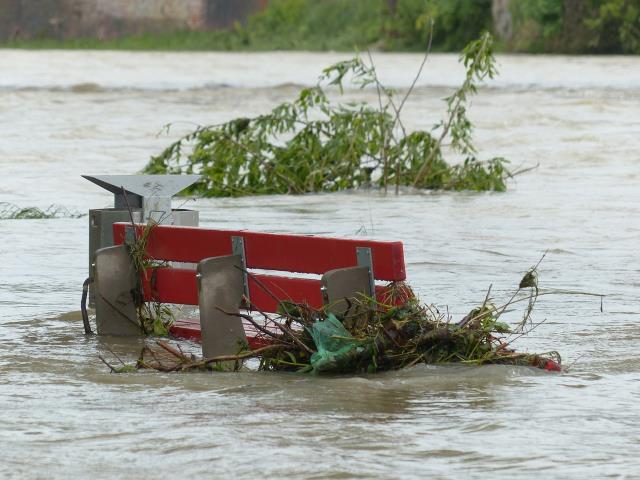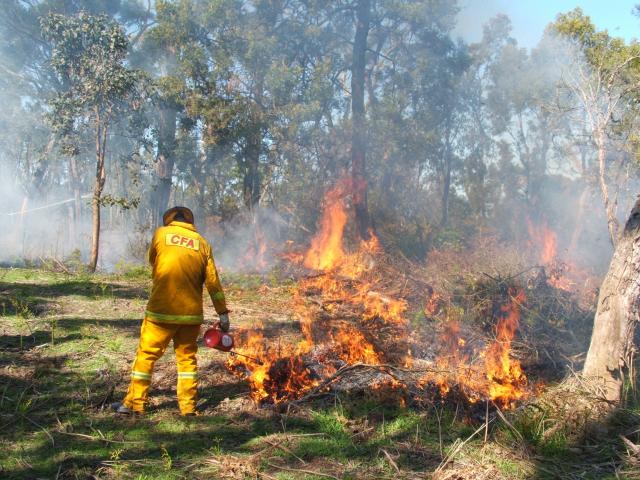The growing impacts of climate change, and an evolving urban landscape combined with new standards, have prompted Melbourne Water to speed up new flood modelling across Melbourne.
Working with local government area partners, the modelling work, which commenced in 2021 will re-map the Port Phillip and Western Port catchments to incorporate climate change projections to 2100 by 2026.
The devastating October 2022 flood event impacted properties in Brimbank, Maribyrnong, Melbourne and Moonee Valley and a review of the flood models for these areas is ongoing.
In any given year, it is estimated there are over 200,000 properties across Melbourne Water’s region that have at least a one per cent chance of flooding.
The annual average damage caused by flooding in the region has been estimated at more than $735 million.
Melbourne Water managing director Dr Nerina Di Lorenzo said extreme flood events are expected to become more likely as the climate changes over the coming decades.
“We have an opportunity now to enhance Melbourne’s future resilience,” she said.
“This relies on having flood information that takes future projections into account, and ensuring this is readily available so authorities and communities can plan ahead.
“This is why we have been running a program to incorporate climate impacts to the year 2100 into our flood maps and models for every catchment in Melbourne.”
Dr Di Lorenzo said building these models is a long and detailed process that Melbourne Water is working to accelerate.
“Completing this by 2026 means housing and infrastructure that is built in the coming 70 years will be more flood ready for the future,” she said.
Melbourne Water is continuing investigations into future flood mitigations where possible across the Maribyrnong catchment.







